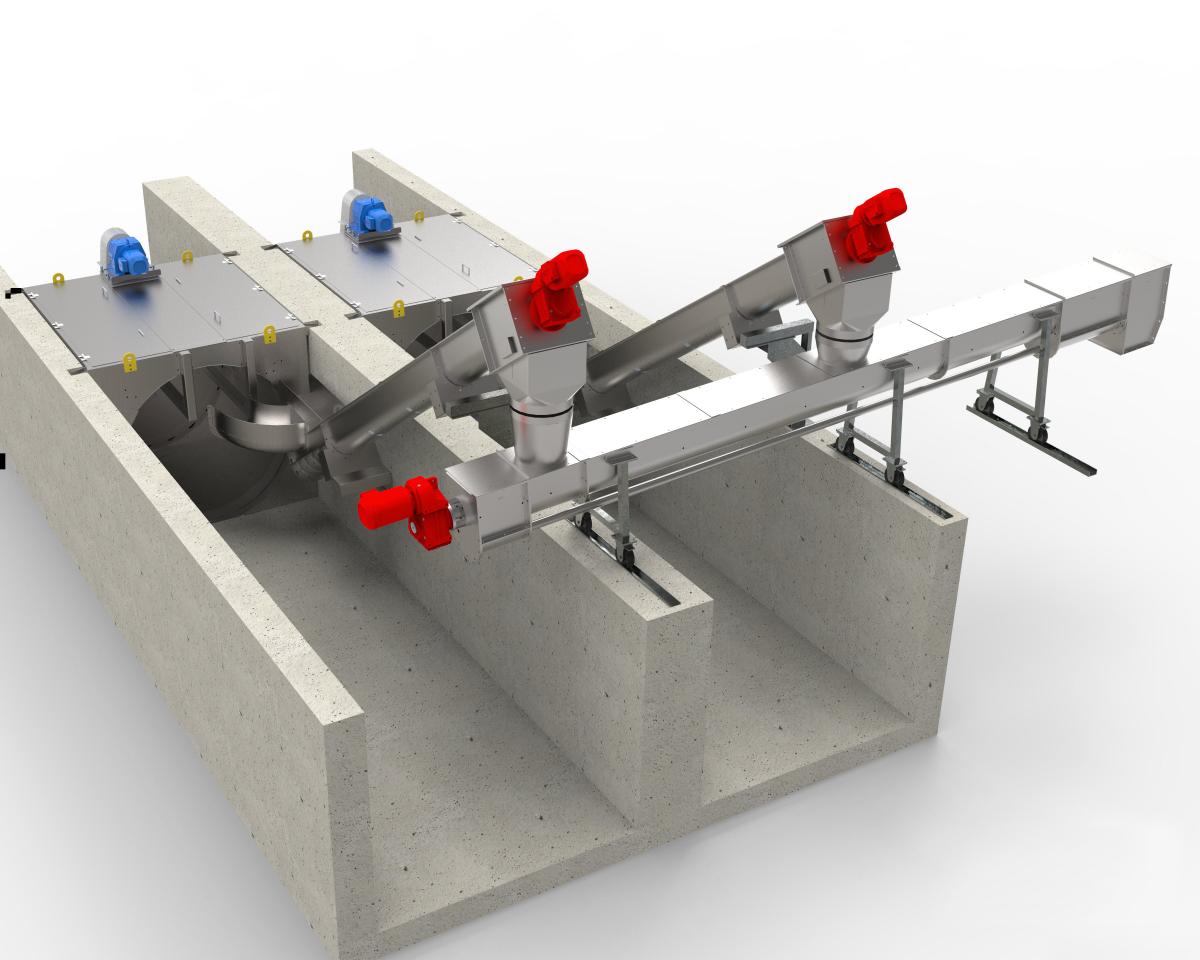ADVANCED wastewater fine screening technology being introduced to Southeast Asia by CST Wastewater Solutions is engineered to curtail blockages, spills, maintenance and associated OH&S issues in public works WWTP applications throughout the region.
The horizontal in-channel rotary drum screening technology is designed to simplify fine screening processes and save installation and operational costs, according to managing director, Michael Bambridge, CST Wastewater Solutions.
The low-maintenance high-quality stainless steel design features in-channel technology for low fluid head loss at peak flows to increase solids removal efficiency compared with typical screening at the diverse wastewater treatment plants in the region.
“Advantages of this technology when dealing with fine screening of larger flows (5mm or finer screening on flows up to 2000 l/sec flow) include mechanical simplicity, self-cleaning and high efficiency screening for reduced maintenance and cheaper whole-of-life costs compared with other types of screens, such as band and inclined drum screen designs, for example,” said Bambridge.
“These are very important considerations when dealing with plants that may be remote from immediate technical support where ongoing reliability and simplicity of cleaning are important from engineering and environmental perspectives,” said Bambridge, whose international and regional experience includes both municipal and industrial WWTP engineering and green energy initiatives in partnership with local suppliers. CST Wastewater Solutions has a number of successful screening applications in service in Southeast Asia, including food and beverage and paper industry applications, for which the in-channel rotary drum technology is also particularly suitable.

Functional layout of CST Wastewater Solutions’ In-Channel Rotary Drum technology
Functionality
Key to this functionality is the configuration of the design, in which the screening drum is installed horizontally semi-submerged in line with the incoming wastewater. The plate at the back of the drum directs flow radially through the mesh to optimise solids separation and self-cleaning.
The rotary drum is manufactured from either self-cleaning wedgewire for primary screening, or perforated plate for fine pre-membrane bioreactor (pre-MBR) screening. It is washed by a system of spray nozzles at a moderate pressure.
An internal hopper collects the screenings, which are flumed out to the integral lifting and dewatering screw, to efficiently dewater and reduce screenings volume. The lifting screw is shaftless to avoid any blockages, even in the presence of fibrous products, and includes screen and screening washing. Lifting and screenings handling can also be conducted outside the channel, which increases options for additional washing and dewatering, according to individual applications, he said.
“Screening and the solids lifting and dewatering are separate operations, using high efficiency screening technology to convert the high-flow, low-solids wastewater to low-flow, high-solids dewatering. Separate screening and lifting equipment makes access simpler for more cost-effective housekeeping and maintenance for lower whole-of-life costs,” he concluded.
|
Advantages of horizontal drum design o Lowers operating depth and range to reduce average screen velocities for higher removal efficiencies, and easier cleaning than alternative screens. o Increases available open area for equivalent operating depth, which enhances functionality. o Robust construction tailored to local conditions. The one-piece, closed drum is fully assembled in a frame for installation into a channel. It incorporates a simple, long-life, robust inlet seal that can be replaced without removing all equipment from the channel. o All parts subject to routine maintenance are located above the sewage flow, again simplifying maintenance and reducing OH&S issues. o Screening and lifting screw equipment are proven, simple and robust technologies. No bearings or other high maintenance moving parts are located in the wastewater. Housekeeping and servicing are conducted from above the flow channel. No mechanical devices are used inside the screen drum. o Open entry for clean collection of solids – no rag wrapping, reducing maintenance and OH&S issues. The screen zone of the lifting screw incorporates a washing system to reduce the contents of faecal matter in the screenings. |
Zapatillas Running Baratas














